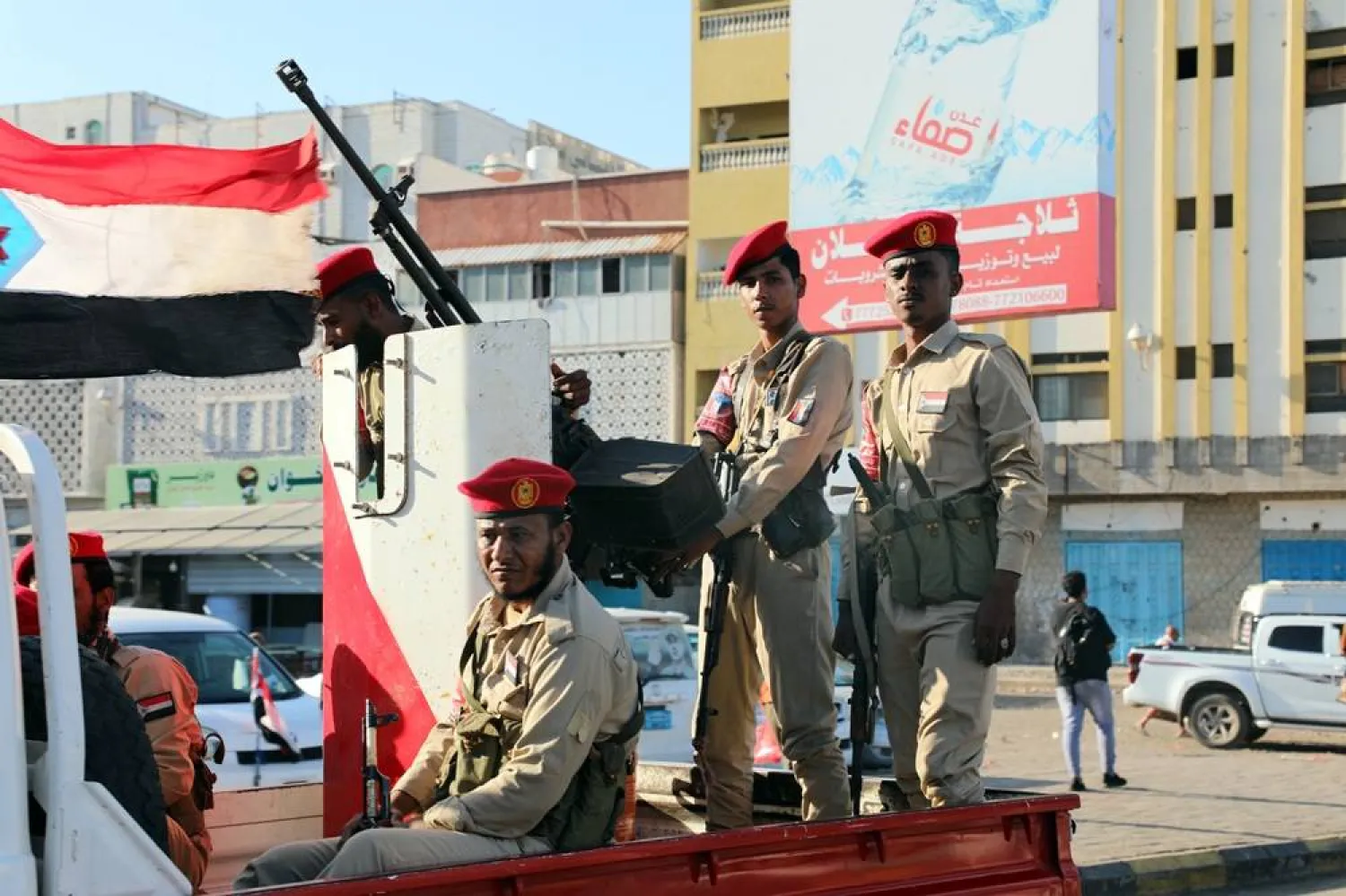With hurried steps and hearts pounding with longing, pilgrims eagerly anticipate standing on Arafat and performing the greatest pillar of Hajj.
Pilgrims, from every deep valley, are making their way to Arafat, humbly supplicating and invoking prayers. Immersed in an atmosphere of faith, they are filled with humility and tranquility, enveloped by divine care.
On the day of Arafat, Muslims feel a sense of humility and submission before Allah. They experience clarity, purity, inner peace, and tranquility. They embrace the spirit of cooperation, mutual support, joy, and happiness.
These spiritual emotions serve as an opportunity for reflection on life and contemplation of the significance of religion and faith.
On the slopes of Mount Arafat, pilgrims spoke to Asharq Al-Awsat about their emotions and the spiritual essence of the place.
Senegalese pilgrim Abdullah Awairo describes the Hajj crowds as a unified mass moving in perfect harmony towards Mount Arafat, creating a breathtaking sight.
Egyptian pilgrim Amina expresses her heartfelt wish, saying that she could never have imagined being able to perform Hajj. Tears welled up in her eyes as she witnessed Mount Arafat in the distance, adorned in white.
She had hoped her husband could be by her side to witness these spiritual moments together, but he died a few months before the Hajj pilgrimage.
“Every year I would watch this place on TV and pray to Allah that one day I would be among the pilgrims,” Pakistani pilgrim, Nazir, told Asharq Al-Awsat.
He described the moment he was selected for Hajj this year as “the most beautiful thing that has ever happened to him, as it was a dream he had been eagerly waiting for, for many years.”
After the conclusion of the day of Arafat, pilgrims proceed to Muzdalifah to spend the night, and then to the Jamrah al-Aqaba to perform the symbolic stoning of the pillars on the first days of Eid al-Adha.









